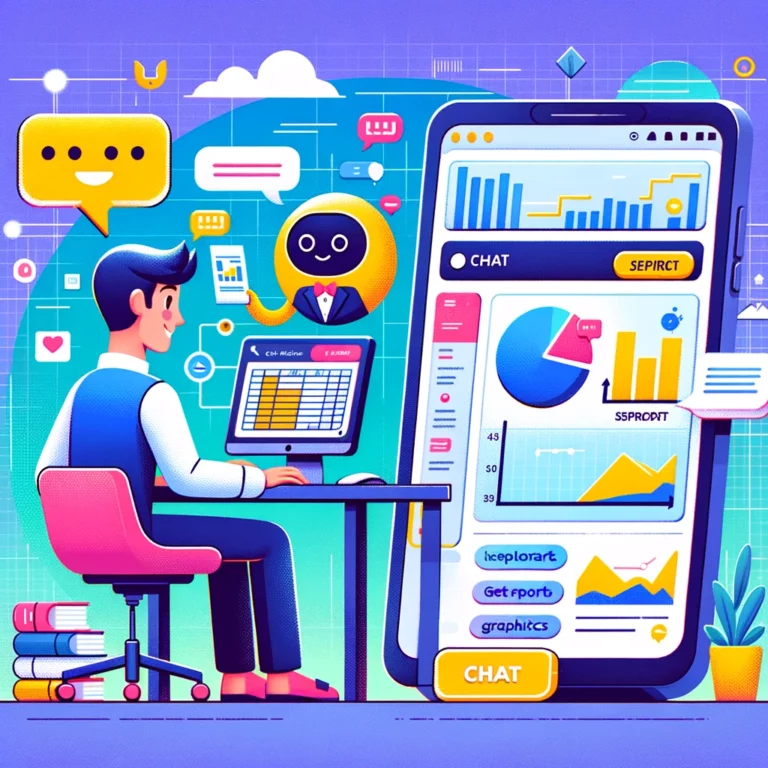INTRODUCTION
As the field of Artificial Intelligence (AI) continues to advance, its applications in education are becoming increasingly relevant. One such application is OpenAI’s ChatGPT, a powerful language model capable of generating human-like text based on user input. By integrating ChatGPT into the classroom, educators have the potential to create personalized learning experiences for students and promote greater equality. This essay will explore how ChatGPT can be applied in schools to adjust learning paths and behaviors, and discuss the benefits and potential challenges of implementing this technology in the educational context.

PERSONALIZED LEARNING PATHS WITH CHATGPT
The use of ChatGPT in schools can help create tailored learning paths for individual students by addressing their unique needs, abilities, and interests. This can be achieved in several ways:
Differentiated Instruction: ChatGPT can be utilized to create customized instructional materials that cater to students’ specific learning preferences and skill levels. By offering differentiated content, educators can ensure that students are provided with the appropriate level of challenge and support, fostering a more inclusive learning environment.
Adaptive Learning: ChatGPT can analyze student performance data to identify areas where they may be struggling and suggest targeted interventions or resources to address these challenges. This adaptive approach can help students overcome learning barriers and stay on track with their educational goals.
Individualized Feedback: By providing personalized feedback on student work, ChatGPT can help students identify areas for improvement and develop strategies to address these weaknesses. This targeted feedback can empower students to take ownership of their learning and make meaningful progress.
Student-Driven Exploration: ChatGPT can serve as a resource for students to explore topics of interest and engage in self-directed learning. By providing students with access to a wealth of information and resources, educators can encourage curiosity and cultivate a lifelong love of learning.
PROMOTING EQUALITY THROUGH CHATGPT
By offering personalized learning experiences, ChatGPT has the potential to promote greater equality in education. This can be achieved through the following means:
Bridging the Achievement Gap: By providing targeted support and resources to students who may be struggling, ChatGPT can help close the achievement gap between students from different backgrounds and ability levels. By addressing individual learning needs, this technology can help ensure that all students have an equal opportunity to succeed academically.
Supporting Diverse Learners: ChatGPT can be a valuable tool for supporting students with diverse learning needs, including those with learning disabilities, English language learners, and gifted students. By offering customized learning experiences and resources, ChatGPT can help these students overcome barriers to learning and achieve their full potential.
Encouraging Inclusive Classrooms: The implementation of ChatGPT can promote a more inclusive classroom environment by offering differentiated instruction and adaptive learning experiences. By catering to the unique needs of each student, educators can create a more equitable learning environment where all students feel valued and supported.

CHALLENGES AND CONSIDERATIONS
While the integration of ChatGPT in schools offers numerous benefits, it is essential to consider potential challenges and ethical concerns that may arise:
Data Privacy and Security: The use of AI in education requires the collection and analysis of student data, raising concerns about privacy and security. It is crucial to establish transparent data collection and usage practices, and ensure that the technology complies with relevant privacy laws and regulations.
Potential Bias in AI Systems: AI systems like ChatGPT can inadvertently perpetuate biases present in the data they are trained on. It is essential to recognize and address these biases to ensure that the technology promotes equitable learning experiences for all students.
Teacher-Student Relationship: The integration of AI in the classroom may raise concerns about the potential impact on teacher-student relationships. While ChatGPT can provide valuable support and resources, it is crucial to maintain a balance between utilizing the technology and nurturing the essential human connection between educators and students. Teachers must remain central to the learning process, using ChatGPT as a tool to enhance their instruction and support individual student needs.
Teacher Training and Support: Implementing ChatGPT effectively in the classroom requires adequate teacher training and support. Educators must be equipped with the knowledge and skills to integrate the technology into their teaching practices and to address any potential challenges that may arise.
Ensuring Equitable Access: To promote greater equality in education, it is essential to ensure that all students and schools have access to AI technologies like ChatGPT. Addressing issues related to the digital divide, such as limited access to technology or inadequate internet connectivity, will be crucial in ensuring that the benefits of ChatGPT are realized by all students.

CONCLUSION
While the integration of ChatGPT in schools offers numerous benefits, it is essential to consider potential challenges and ethical concerns that may arise:
Data Privacy and Security: The use of AI in education requires the collection and analysis of student data, raising concerns about privacy and security. It is crucial to establish transparent data collection and usage practices, and ensure that the technology complies with relevant privacy laws and regulations.
Potential Bias in AI Systems: AI systems like ChatGPT can inadvertently perpetuate biases present in the data they are trained on. It is essential to recognize and address these biases to ensure that the technology promotes equitable learning experiences for all students.
Teacher-Student Relationship: The integration of AI in the classroom may raise concerns about the potential impact on teacher-student relationships. While ChatGPT can provide valuable support and resources, it is crucial to maintain a balance between utilizing the technology and nurturing the essential human connection between educators and students. Teachers must remain central to the learning process, using ChatGPT as a tool to enhance their instruction and support individual student needs.
Teacher Training and Support: Implementing ChatGPT effectively in the classroom requires adequate teacher training and support. Educators must be equipped with the knowledge and skills to integrate the technology into their teaching practices and to address any potential challenges that may arise.
Ensuring Equitable Access: To promote greater equality in education, it is essential to ensure that all students and schools have access to AI technologies like ChatGPT. Addressing issues related to the digital divide, such as limited access to technology or inadequate internet connectivity, will be crucial in ensuring that the benefits of ChatGPT are realized by all students.



